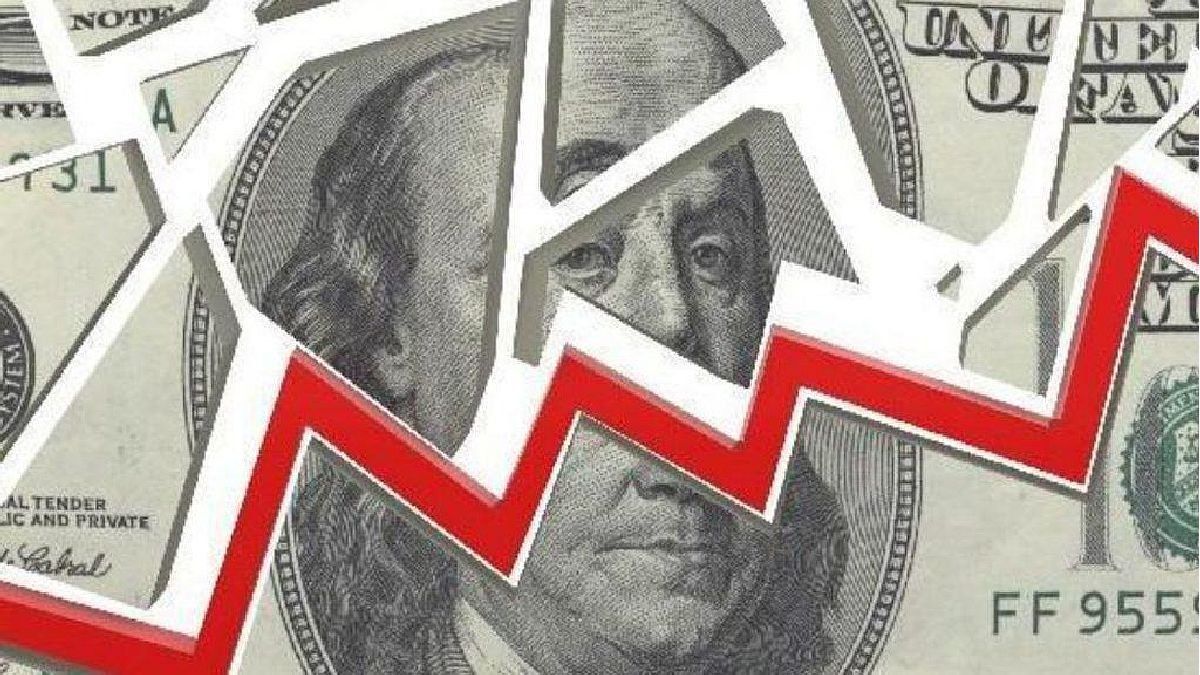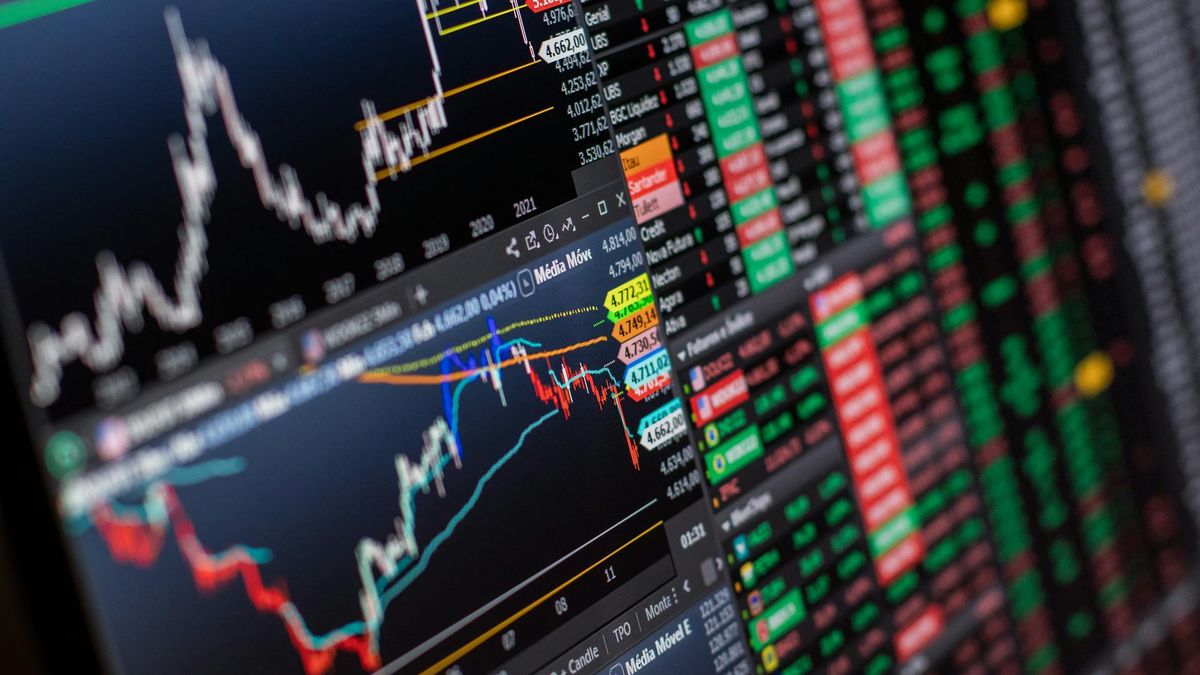Investments represent 17.0% of GDP, we have to go back to 2007 to see an investment rate of 19.5% of GDP. From these years to date it has never fallen below 12.5%, nor has it grown above 17.2%. This implies that there are not enough investments in the country to have significant economic growth.
Exports, as of December 2021, represent 18.3% of GDP, in 2007 they reached a maximum of 22.7% of GDP, in subsequent years they never exceeded that mark, nor were they below 10.7 % of GDP.
In terms of imports, as of December 2021, they represent 15.1% of GDP, in 2007 they stood at 18.3% of GDP, the lowest point was around 11.8% of GDP.
As we can see, exports are far from the floor of the last 14 years and imports are not as high as some authorities of this government assume.
The lowest level of exports and imports was recorded in 2015, when exports were 10.7% of GDP and imports 11.8% of GDP. Who today claims pen (Cristina Fernández), at the end of her second term, had a trade balance deficit, which stood at US $ 2,970 million.
With data from the trade balance, as of May 2022, the total exports of the last 12 months total US$ 85,489 million and imports US$ 73,215 million, this leaves us with a balance of trade balance of U $12,274 million.
Clipboard01.jpg
Figures are expressed in millions of dollars
Exports are record and never in Argentine history have these figures been reached measured in dollars, while imports are not record, the record was achieved in January 2012 when they reached US$ 74,406 million (measured by 12 accumulated months).
The problem of the Argentine economy is not given by the high imports, this criticism is ridiculous, to export you have to import, and exports are at a record.
We have to highlight that of the total imports of the first 5 months of the year 2022, 71.6% are capital goods, parts and accessories for capital goods and intermediate goods; 14.2% fuels, 11.0% consumer goods and the rest 3.2%.
Imports are not a problem, they are a necessity, since 85.8% represent investment and fuel for the operation of the productive apparatus. It is myopic to criticize imports, we must work to encourage businessmen to export more, with deregulated markets, export incentives and fewer taxes on foreign trade.
The problem is in the management
The problem with the Argentine economy is that the Treasury manages the public budget very badly. As we express in the following table, genuine income finances only 79.9% of public spending in the last 12 months, a year ago it financed 78.3%, which shows us that little has changed in management in recent years. 2 years.
Clipboard02.jpg

Figures are expressed in millions of pesos
The first big problem is that the fiscal deficit is very high and that, in the last 12 months, it increased by 55.0%. But the most complicated thing is that 79.3% was financed with the printing of banknotes, while the remaining 20% took debt in pesos from the market.
Clipboard03.jpg

Figures are expressed in millions of pesos
A country that only finances 80% of spending with genuine income, and 80% of the fiscal deficit is financed with printing colored paper, cannot have any other destiny than an economy that is devalued, high risk country, inflation and high rate of interest.
conclusion
Argentina’s problem is not imports, because they are low in terms of GDP (15.1%) and, of the total, 85% are essential for the functioning of the private sector.
Exports, which represent 18.3% of GDP, are low for an economy with the economic potential that Argentina has, with withholding taxes that do not generate incentives to produce or with the closure of beef exports. All this without counting that we have a trap that does not encourage working for foreign markets, since the gap keeps half of the exporter’s income.
The fiscal deficit is the problem of all evils, expenses are financed only 80% with genuine income.
80% of the deficit is financed with monetary issue, which generates inflation, exchange delay, encouragement of imports and discouragement of exports.
Debating whether the government has more or less imports, whether it obtains more or less money in the capital market, is not visualizing the problem and focusing on the secondary.
The problem is not the pen to cross out those who matter, the solution is the incentives to generate businesses, get rid of the entrepreneurs who produce, letting them export, lowering tax pressure and making a productive plan to grow.
financial analyst
Source: Ambito




